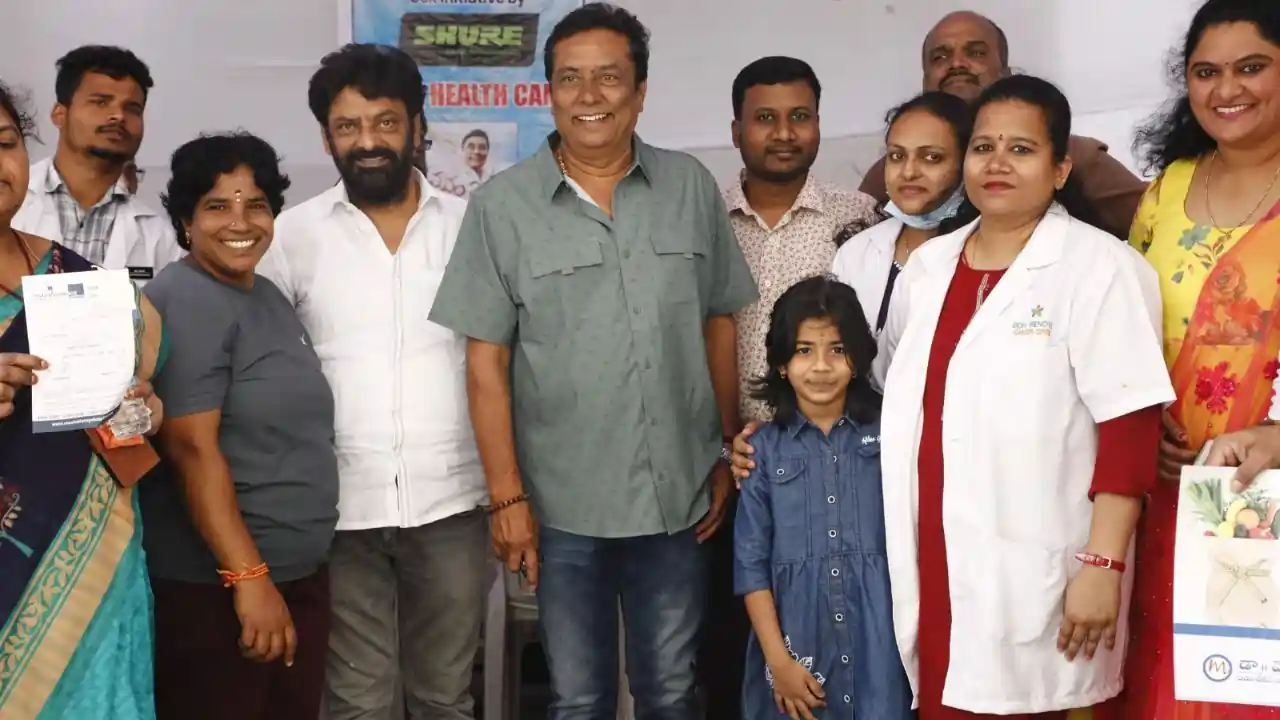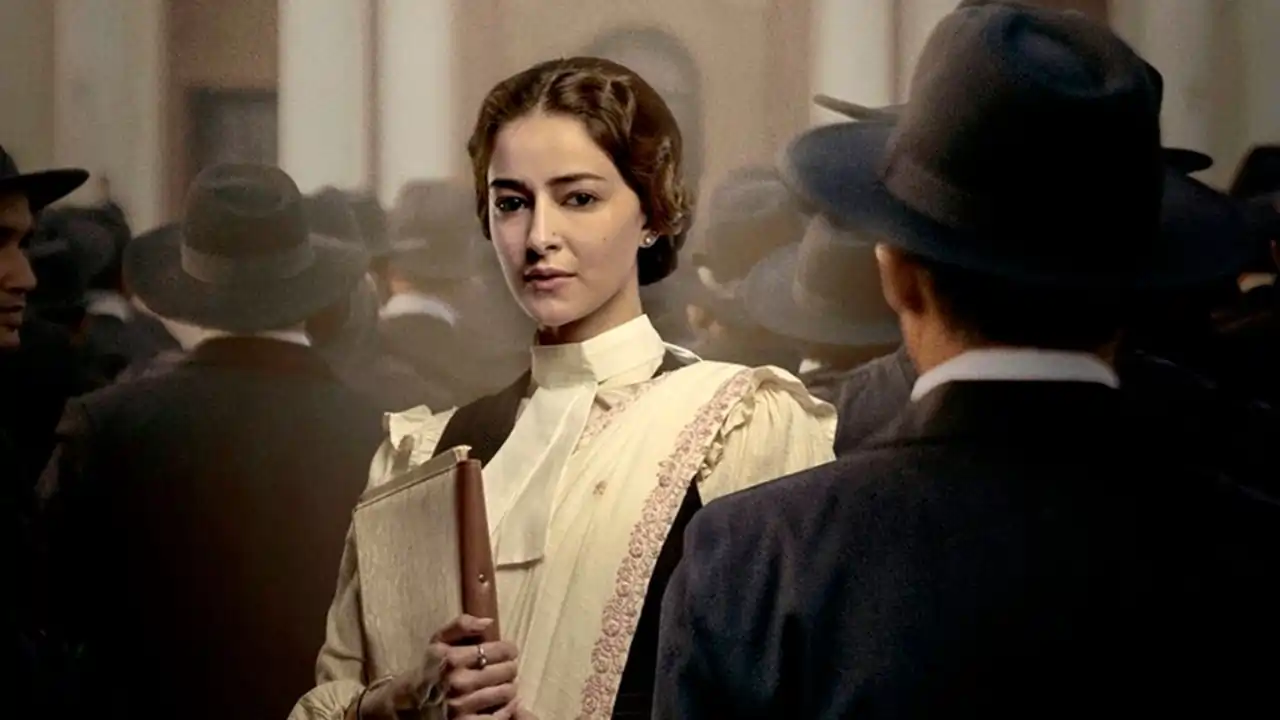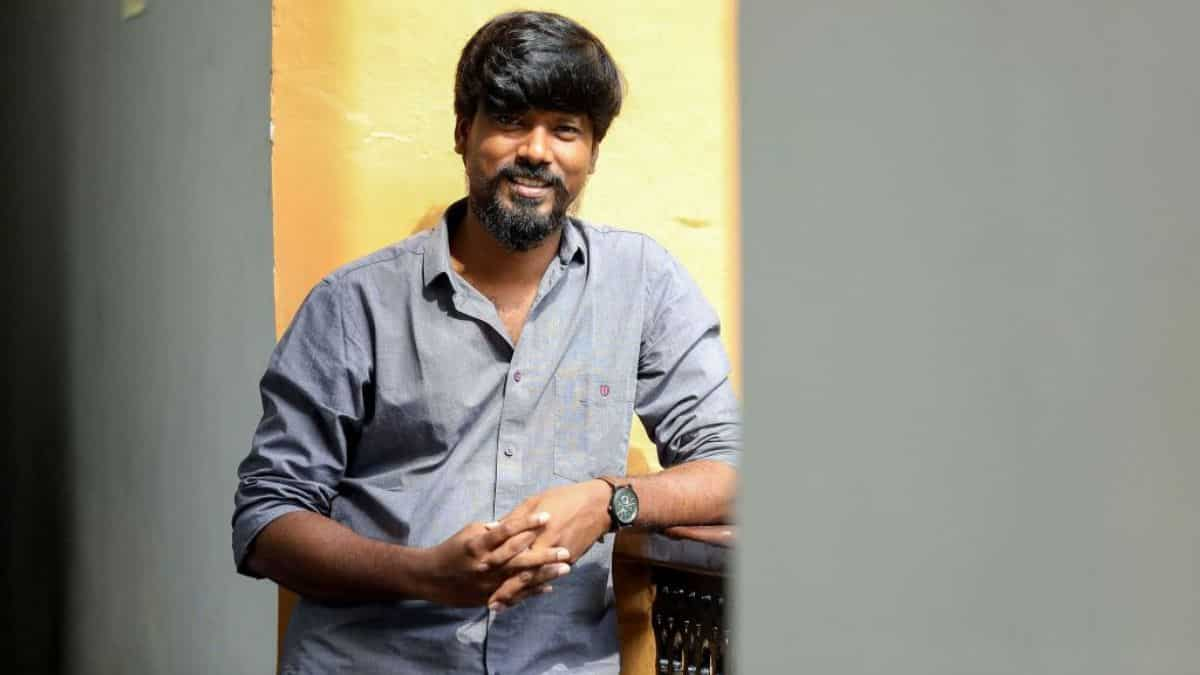
PS Vinothraj: I Don't Want To Get Into A Box, I Have A Lot Of Stories Left
5 months ago | 5 Views
WEEKS AFTER ITS RELEASE on Netflix, PS Vinothraj’s sophomore film Kottukkaali or The Adamant Girl, starring Anna Ben and Soori among others, continues to trigger debate. While some have fallen in love with Vinothraj’s craft and ability to respect silence and celebrate natural sounds, others wonder what is the point of a film where nothing seemingly happens and where the viewer has to decide the ending. But, any film that initiates debate is a good thing — it means the audience did or did not passionately engage and identify with the subject. Which is why more women (and some men) seem to love Kottukkaali, and also get why Anna Ben’s character of Meena has walked into many people’s hearts and thinking minds.
After its world premiere at the 74th Berlin International Film Festival, festival run, theatrical release and OTT premiere, the film is now being screened in the Alchemies section of the 69th Seminci International Film Festival in Spain.
In an interview, Vinothraj speaks about why he decided to shoot Kottukkaali in sync sound and without a background score, and what he would like his brand of cinema to be called. Edited excerpts below:
At what stage of scripting or shooting did you decide Nature would provide the background score?
When I went location hunting. When I decided this is how my characters are going to travel in the film — via scooter, share auto… And when I heard the chirping of birds, the sound of insects and the rustling of leaves during moments of silence. I felt they would make the film a very intimate experience, transporting the audience right there. So, what is now being spoken about a lot was actually an idea provided by the location. It was not pre-planned.
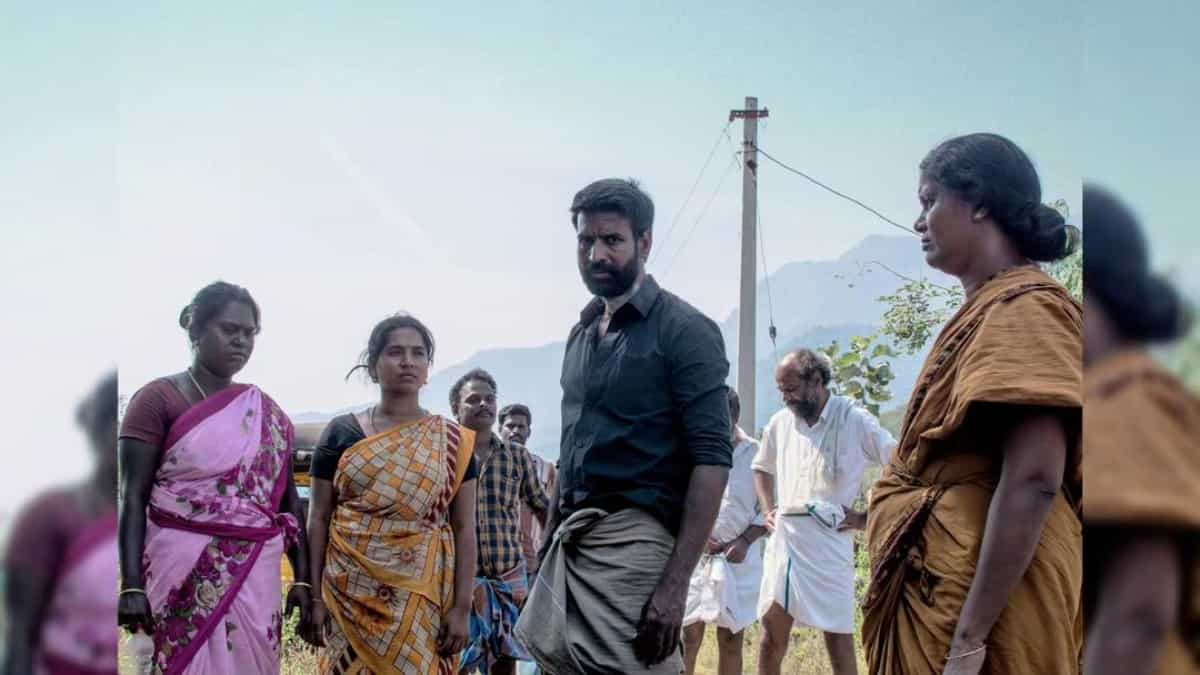
What gave you the confidence that you will be able to pull this off in your sophomore film?
My story. I merely listened to what had to be done to serve it well. I trusted my craft too. I have grown as a director since Koozhangal, and I thought I could pull it off. Luckily, no one questioned these choices after release too. There was no negative feedback for these ‘pushing the envelope’ moments.
Also, Koozhangal’s reception gave me the confidence that people would appreciate simple stories where the conflict was not over the top. I came with the reputation of Koozhangal. If I don’t use the opportunity to make my kind of cinema and to experiment, even now, then when?
Do you put yourself through any pressure?
Not at all. I take praise and criticism casually. I have learnt a craft and am using it. That said, I feel I have to study and be responsible for the kind of stories I wish to tell.
Non-conventional filmmakers need some partnership or support from the industry. I am very happy I got it for my first two films. That support helped me take my film places.
You’re among the recent directors who have made a name for themselves on the festival circuit.
Yes, that’s because of the path paved by those who walked that route earlier, and those who backed me and nudged me towards this route. Now, I have a fair idea about this circuit, and I have decided to help others get there. I wish to share what I have learnt. Let’s do this together. In one year, if 10 films take this route, we will see the birth of a new parallel movement.
That said, creativity and art are dependent on commerce. The strange logic that if a film goes to a festival, it is an art film should break. The two can coexist and should.
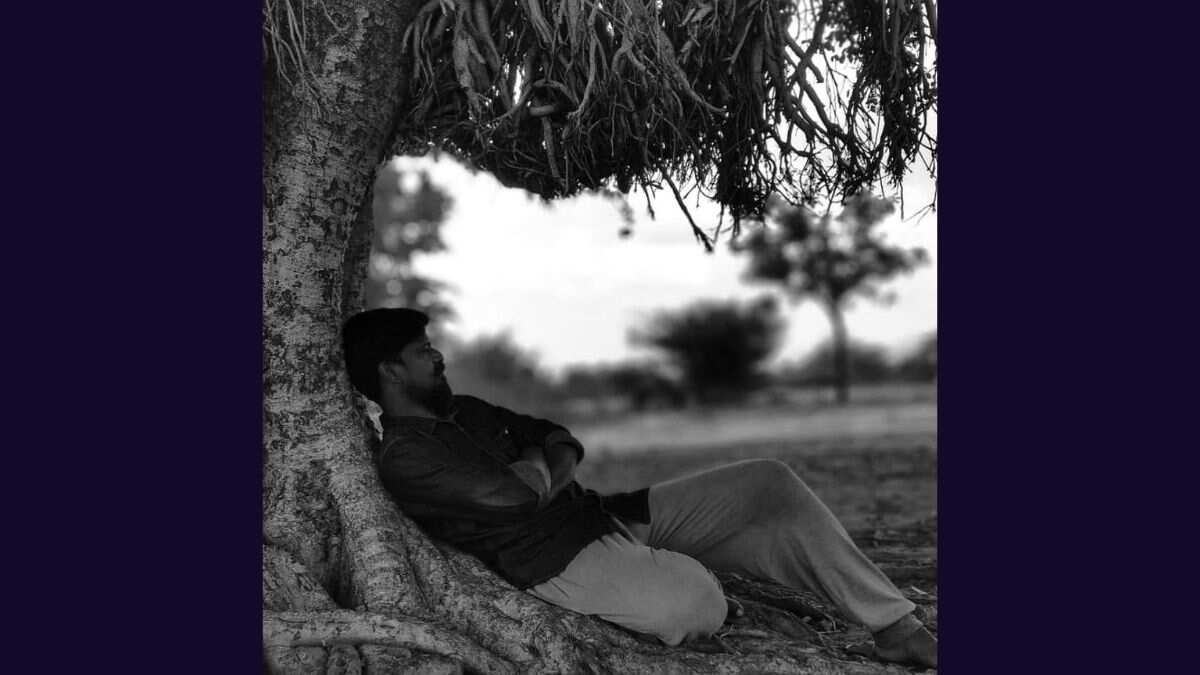
Many find it difficult to understand the intensity of anger in both Kottukkaali and Koozhangal. But that’s familiar ground for you, right?
Yes, that’s my reality, it’s what I have grown up seeing. That small boy Paandi in Kottukkaali, that’s me. One girl turned and smiled at me, and I became a filmmaker. If not, I would have been another Paandi.
I have, due to some circumstances, either been amid stories or observed things around me. That is a rich resource material. Sometimes I wonder if a scene will land. But, recently, when I saw foreign festival audiences clap for a scene, I was certain that if they got it, our audiences would celebrate the film.
How important a role have subtitles played in your film journey?
I owe a lot to them. For me, subtitles are very important to take my film to the audience. Even in Tamil Nadu, people from other regions with different mother tongues watch Tamil movies. Subtitles convey the local slang beautifully.
What is your scripting process like?
I finish a script in 70-80 days and then get a bunch of people, including my sisters, family members, friends in cinema, and the layperson on the screen, to vet it, read it and offer suggestions.
If I think I am right, I will try to convince them. If not and if they convince me, I’ll happily surrender.
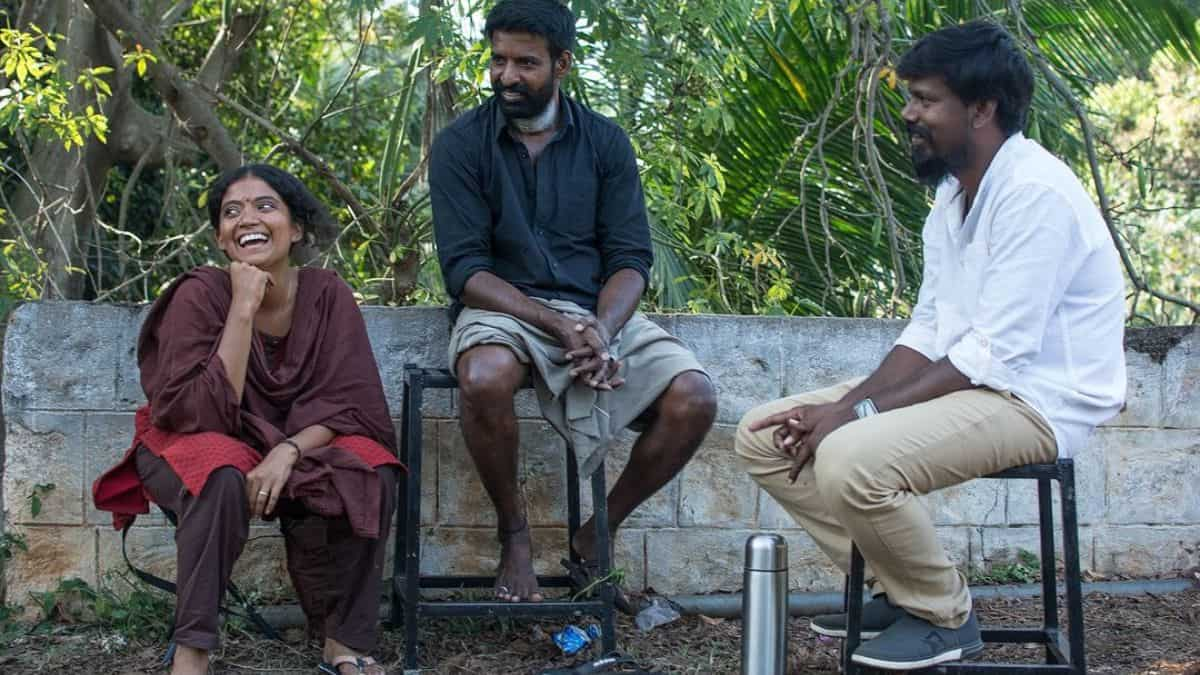
Have you noticed any change in Vinothraj the director from Koozhangal to Kottukkaali?
I think my craft has improved, and I am happy I am learning with every film. I have also learnt to handle more characters in my scripts. From two in Koozhangal, I had so many people in Kottukkaali. But I think I managed.
I know I am not someone who studied the theory of filmmaking. I’ve learnt everything from screenplay and shot division to staging and blocking from seeing others on the sets. I learnt the rules and then learnt to subvert them.
In my time, no one really taught on the set, we just picked up on our own. I had decided then that when my time comes, everyone on set must know everything. Even my drone operators should know the entire script, so they know why a certain shot is there, and why it should be shot thus.
I wanted to break that cycle of not teaching. The shooting spot should be a democratic one.
Vinothraj, the women in your movies are full of righteous anger. How do you view anger as an emotion?
I see women’s anger as honest, righteous and organic. They use it like a weapon after conversation fails. They display great maturity in such situations.
I think men show anger to hide the lack of certain abilities. Men are fine as long as women stay within certain invisible boundaries, following the rules put in place by men and society. The minute they try to escape that web, the minute men feel they are losing control, that’s when anger surfaces.
There’s one more difference — women’s anger will invariably provide a solution.
I believe a silent protest will reach the intended user. In Kottukkaali, Meena spoke and spoke before adopting silence as her weapon. Unlike you, she’s clear about what will happen to her, based on the things she has seen and heard. And, she does not want one’s sympathy.

Everyone in Tamil spoke about how you’ve used Soori, who is now finally being cast against the grain…
It has been a wonderful experience. You know, after so many years in cinema, he could have still worn a mask and done what he was good at. But he’s been experimenting, and how! He’s still original.
Kottukkaali is also an intimate portrait of a family and the people that make it...
True, and it is a very dynamic relationship, where the bonds keep evolving. Caste, patriarchy, misogyny, culture and tradition play a very important part. This strain in relationships because one person fell in love also showcases the dynamics in the household. Also, the journey by a shared auto, however strained it is, is a wonderful slice of life. These journeys might seem strenuous to a town dweller, but in the village, these journeys are relaxing, they are life itself.
Your films are drawn from your experience. You’ve now grown as a person and creator. How do you see those incidents when you see them with your evolved view of the world? And, how do you think this triggers dialogue?
The more I read about similar incidents, the more I hear, I wonder if there will be any change at all. I feel pity, I feel empathy, I weep sometimes. But, at least in my films, I hope that anger will provide some solution. That’s why I had kept the climax of Kottukkaali vague. I wanted the audience to discuss the film. I wanted to see if the film shocks them into some change. For 100 years, we have shown them everything and hoped they would understand. I wanted to see what they thought when I nudged them to imagine and create their own ending. I’m happy that 50 per cent of the audience is thinking, and questioning.
Will Vinothraj stick to his rural beat or explore city life too?
I have a lot of stories left, and don’t want to get into a box. Next, I wish to do an urban subject. Let’s see.
HOW DID YOU LIKE THIS ARTICLE? CHOOSE YOUR EMOTICON !
# PSVinothraj # AnnaBen # Netflix


